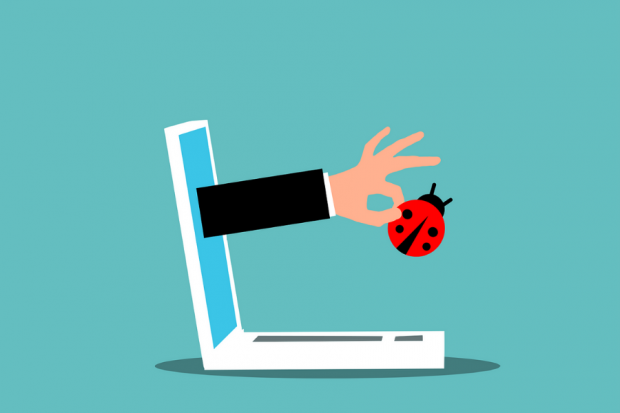5 Tips to Ensure Computer Security As a Mac User

The digital age that we live in today presents as many new problems as it does solutions. Every day we hear about cyberattacks, bank trojans, compromised data, and security breaches in the news. Given the extent of how vulnerable we are to such cybersecurity threats—we need to take extra steps to ensure the safety of our data and our devices.
As a Mac user, how do you go about adding that extra layer of security for handling any potential software viruses or malware that may find their way onto your computer? This article has you covered—read on to learn 5 tips that will enable you to strengthen cybersecurity on a Mac.
Tip #1: Invest in a third-party anti-virus solution

This is perhaps the single most beneficial thing that you can do for your Mac and your data from a cybersecurity standpoint. While Apple has built-in security features in place to protect users of their devices—more often than not—they are not sufficient to deal with the kind of security threats that we increasingly see these days.
Investing in third-party antivirus software means that you have a dedicated solution provider to take care of any of your privacy and cybersecurity requirements. An antivirus solution will protect your Mac from any hardware or software exposure to malware, in addition to ensuring that your data is not compromised in any way.
How serious are malware threats to your Mac? Well—given the advanced nature of malware deployed by hackers today—they can disrupt the way your OS runs, affect battery usage severely by draining it, install keyloggers to get your password information and record all your online and offline activity as you use your Mac.
Tip #2: Be aware of common hacker ploys

Although it may seem like you’re never going to be the victim of a hacker attack—it’s helpful to be aware of the common techniques and ploys that hackers use to gain access to your device or information.
Phishing attacks are common socially engineered ploys that deceptively trick you into giving up your information yourself. Phishing scammers try to get your password details or other login data by giving you links to web pages that look exactly like common websites that you’re likely to visit—like social media platforms, email applications, or any services that you use often.
For Mac users specifically, a common malware issue that is often reported is the Search Marquis virus. This virus usually finds its way through malware ploys like freeware browser extensions, suspicious website links, ads that do not close, update pop-ups, and so on.
Other ways that hackers try to gain access to your device include illegal file sharing and streaming websites, spam mail, suspicious applications, and more.
Tip #3: Update your OS and commonly used applications
It’s a good security practice to make sure that your operating system and other applications that you regularly use are up to date. Updating to the latest version means that you are free from any security vulnerabilities of previous versions that hackers might exploit to gain access to your computer. Developers put out patches in software updates to recent versions so that any security bug is fixed.
If you find that it’s hard for you to keep track of any software update notifications—simply enable auto-updates on your Mac.
Tip #4: Use a web browser that has a privacy-first policy
Given that most of your security exposure comes through the internet, it makes sense to use the most privacy-oriented browser available in the market.
Popular browsers like Safari, which comes in-built with Mac devices, or Google Chrome, are fast and feature-packed—-but they may not be the most ideal from a security perspective. Privacy-first browsers come with an enhanced layer of security in the form of default tools that prevent websites from tracking your online activity, IP address information, and more.
Tip #5: Use a VPN service

Hiding your IP address through the use of paid Virtual Private Network (VPN) solutions is another way to enhance your security when you’re connected to the internet. VPN providers hide your IP information by routing your connection via their own private servers as opposed to how they are regularly routed through your internet service provider.
While they are mainly used for accessing location or country-based restrictions on access to web content—they are a valuable addition to your cybersecurity toolkit. VPNs also encrypt your data, meaning that hackers have no way of seeing your activity on the internet if they are able to somehow find your IP address.
With the internet permeating into different aspects of our daily life, it becomes all the more important for us to pay attention to safeguarding our digital privacy and security. Against this backdrop of rising concerns about digital security, we hope that you found the 5 tips covered in this guide helpful for enhancing your safety as a Mac user.
Posted in: KnowledgeBase
Leave a Comment (0) ↓